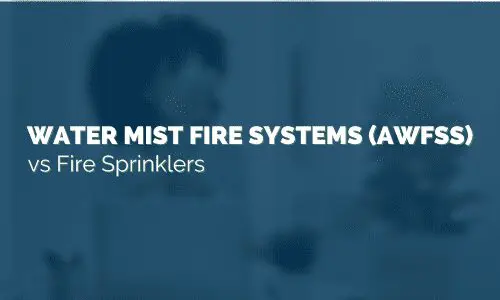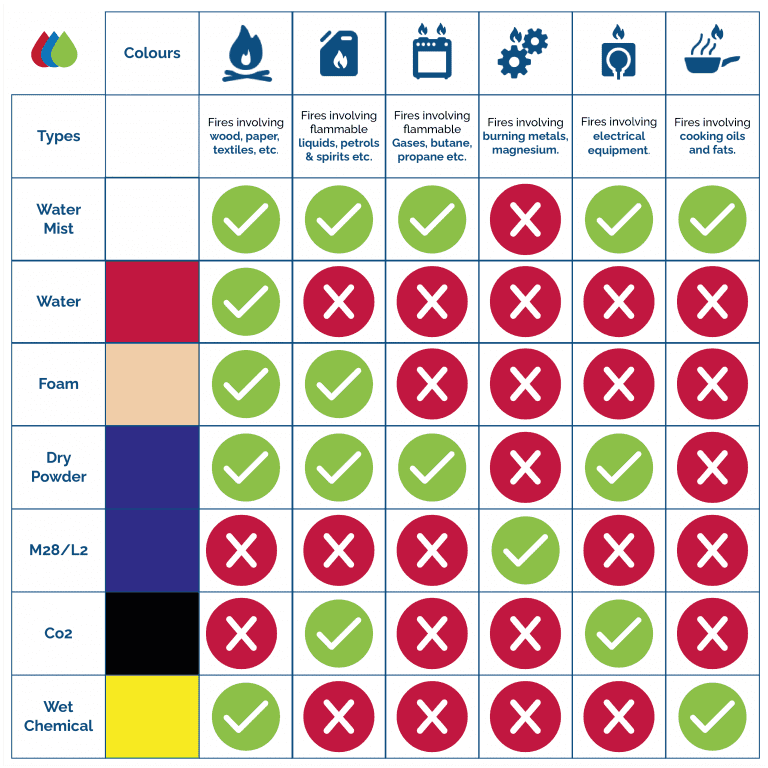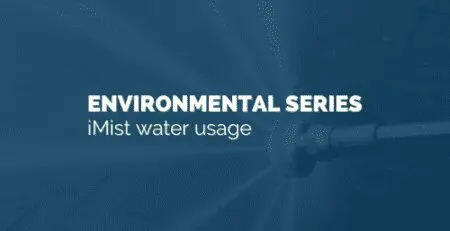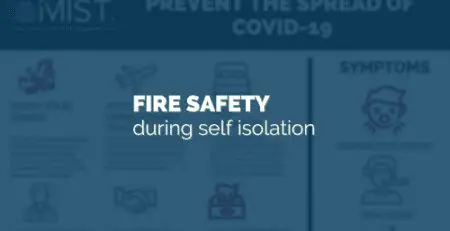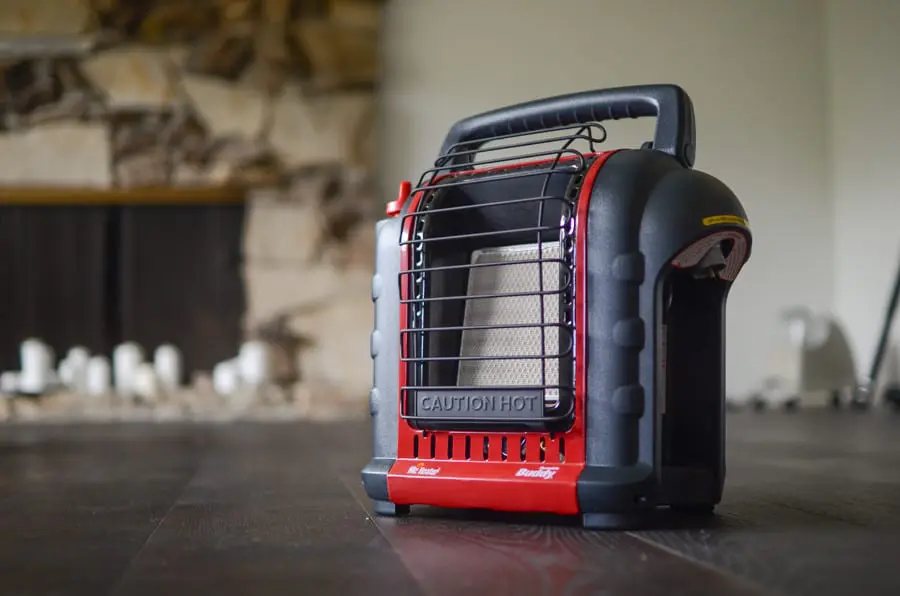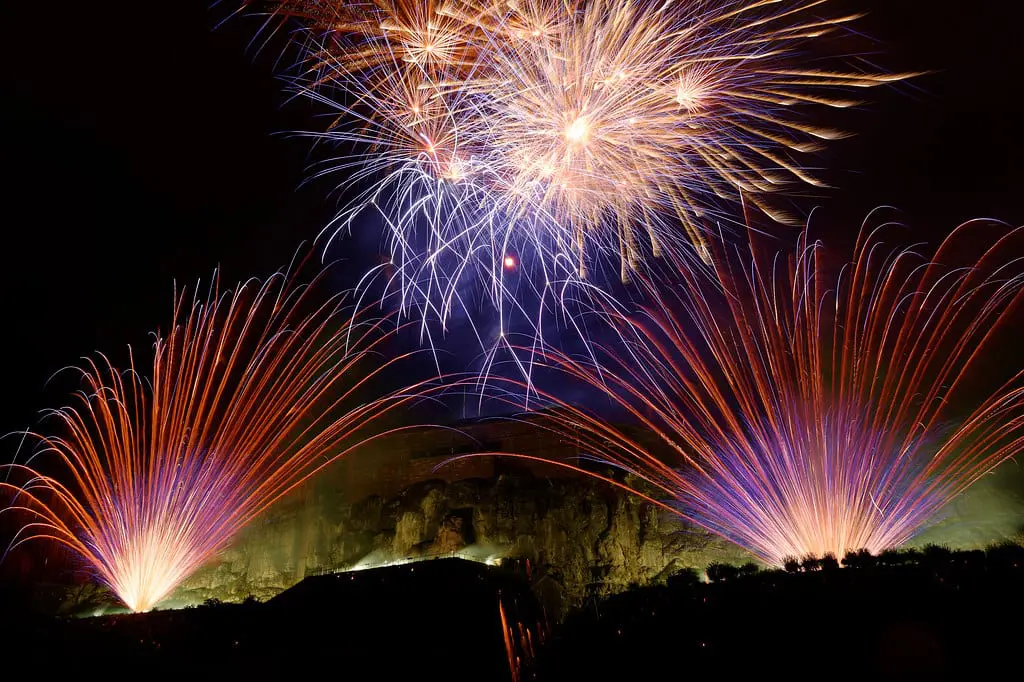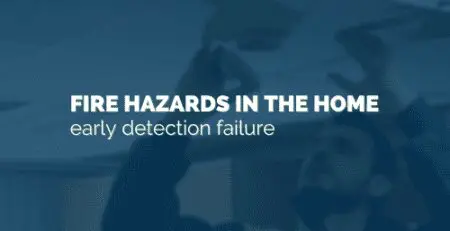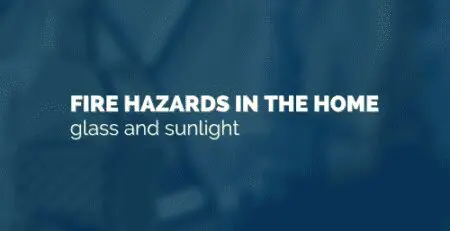Water Mist Fire Systems vs Fire Sprinklers
Have you ever wondered about the benefits of water mist systems? Or maybe the difference between a water mist system and a traditional fire sprinkler system?
In this article, we will talk through the popular firefighting agents, their suitability, advantages, disadvantages and system designs.
What is a water mist system?
A water mist system is a fire protection system that produces a fine spray to suppress fires – a common alternative to traditional large droplet, fire sprinklers. Water is the oldest, most widely used, and universally available firefighting agent known to man. It is non-toxic, environmentally friendly and, in addition, has superior fire protection capabilities when compared to every other agent.
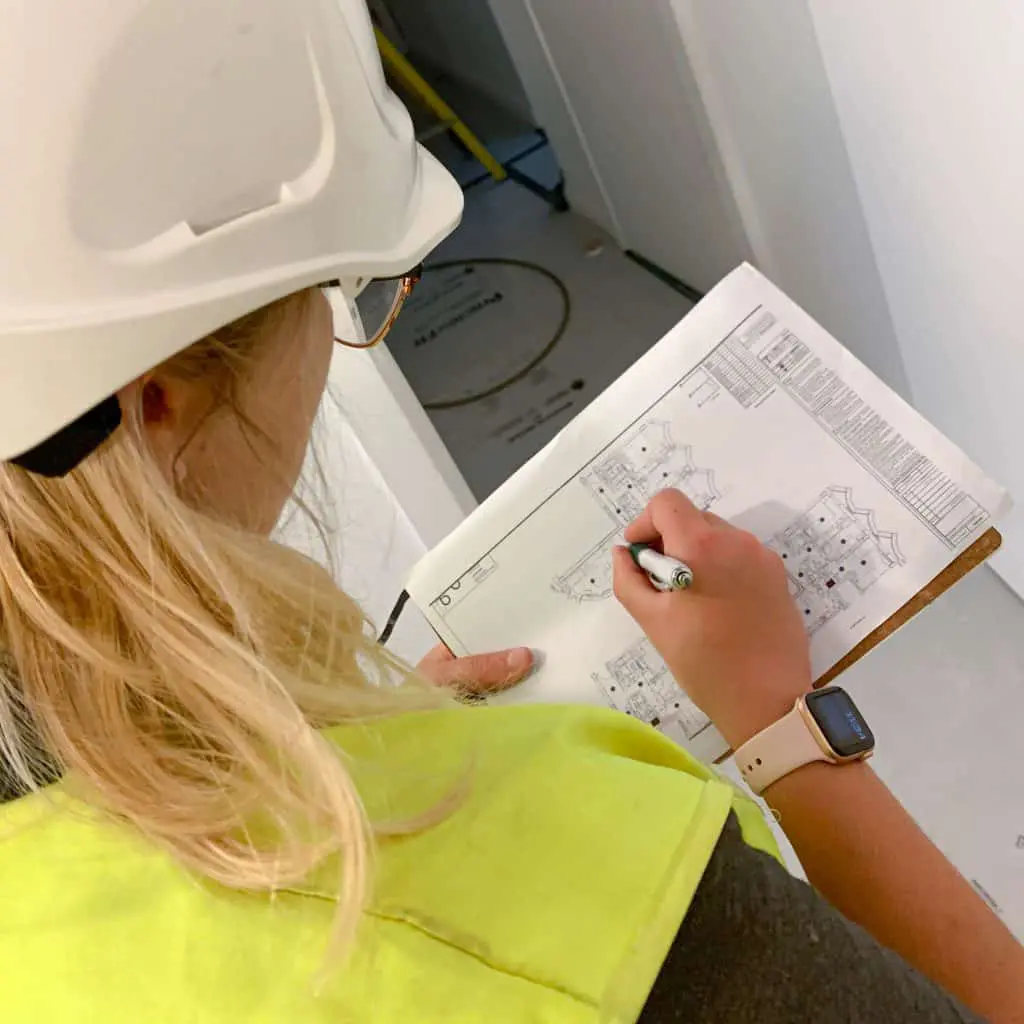
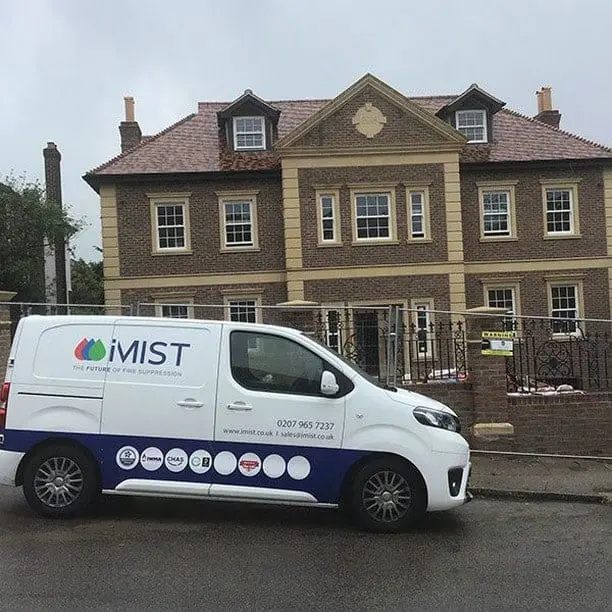
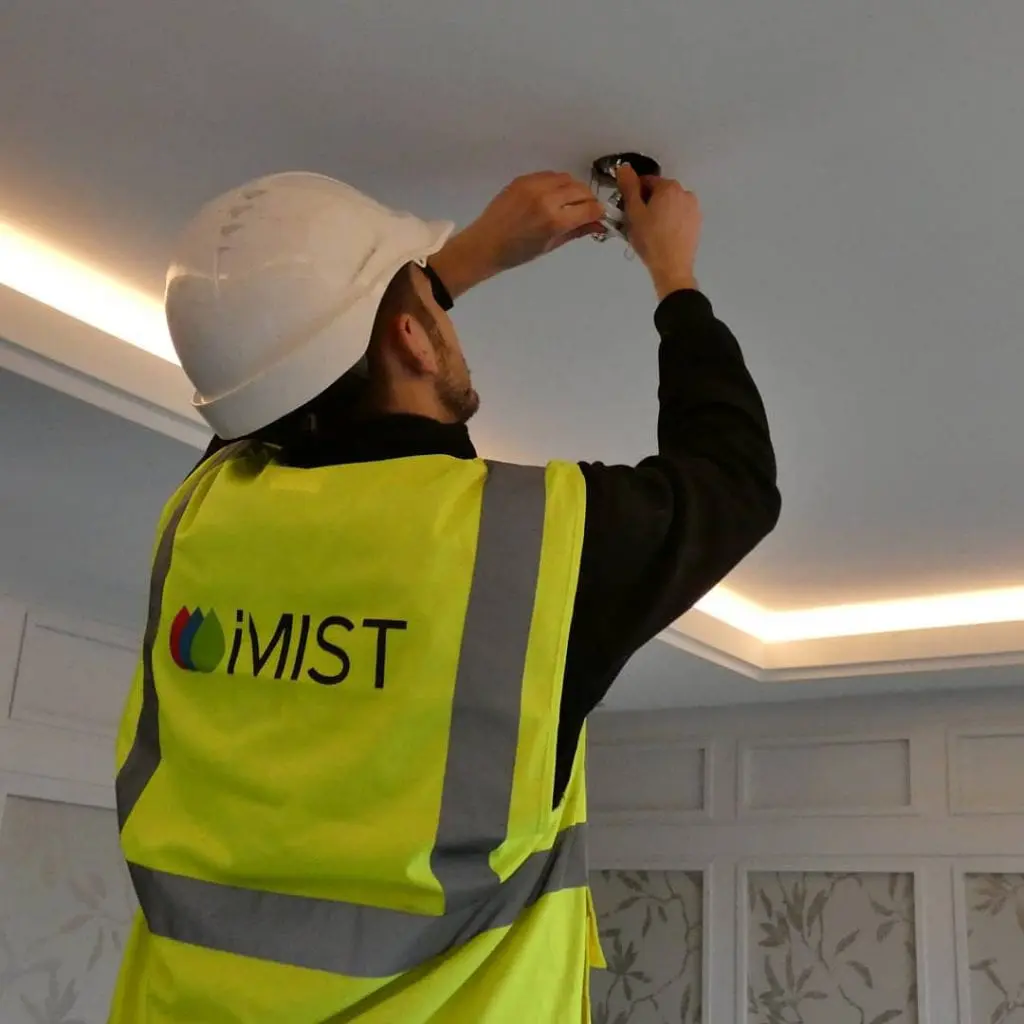
How do water mist fire suppression systems work?
The iMist suppression system and traditional fire sprinkler systems work in the same way when it comes to activation when there is a fire. Both systems wet the surface of the fuel, and the surrounding area, to cool and suppress the fire like a blanket of water. However, only the water mist system works in all three ways simultaneously, with minimal water to extinguish a fire;
- Upon activation of a water mist nozzle, the system will begin to discharge high-pressure water mist. The mist will fill the 16m2 area (per nozzle) with a fine mist – which will travel around the room, dampen all surfaces it can get to and thus, restrict fire spreading.
- When the water is discharged at a high pressure, the room temperature is reduced dramatically due to a reaction between the fast-moving colder air molecules and water molecules against the heat from the fire, much like cold air displacing hot air.
- As the water mist has direct contact with the flame, it turns into steam. The steam particles then displace the oxygen particles around the fire and thus, suffocates the fire.
Unlike many Hollywood films, only the nozzles situated in the area of the fire will release the mist.
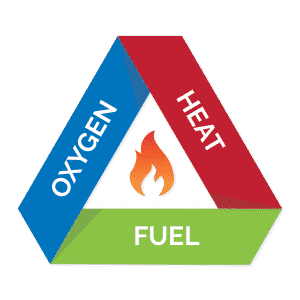
What is the suitability for fire suppression systems?
When choosing between fire suppression systems, consider these factors:
- Activation Speed: Water mist systems activate quickly to reduce smoke buildup, giving occupants more time to evacuate safely.
- Water Supply: iMist systems require minimal water flow (less than a power shower), eliminating the need for bulky water tanks in homes or housing developments.
- System Flexibility: Thanks to flexible hydraulic hoses, iMist systems can be retrofitted into existing properties with ease.
System designs of water mist systems and fire sprinklers
Nozzles
Both water mist and sprinkler systems have fixed nozzle heads, that have been accurately and efficiently positioned within the property to ensure full protection.
At iMist our water mist nozzles are discreetly designed to blend in with your ceiling fittings and can be produced in any RAL colour to suit your needs.
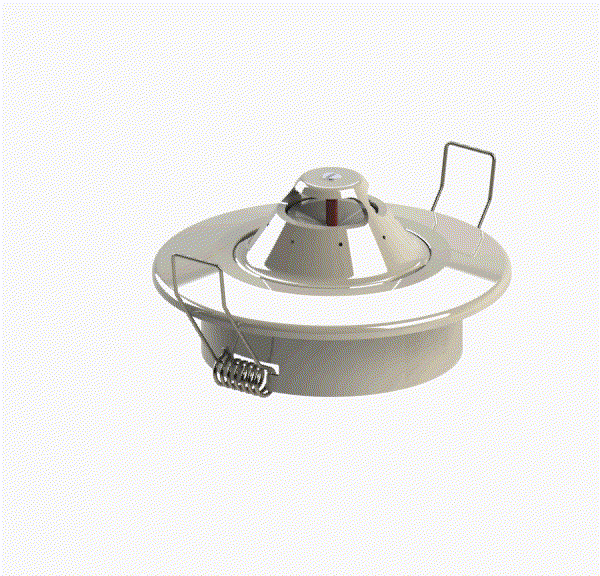
Pumps:
Water mist systems use less water than sprinkler systems which means there is less post-fire damage to the property. In properties with low water flow, a mist system may be more appropriate, because traditional sprinkler systems need big water tanks installed inside the property for the system to work – which will be additionally required to ensure adequate water low.
At iMist fire suppression systems, we negate the need for a large tank, and instead use our smallpumps that can fit conveniently in small spaces such as under the sink, or stairs.

Pipework:
Both water mist and sprinkler systems have fixed pipe work.
iMist use their own custom hydraulic hoses which offers the possibility to retrofit fire suppression systems into properties, due to the flexibility of the hose.
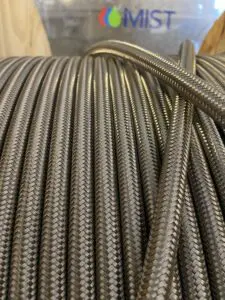
Check out iMist’s System Design Here
Accreditations and Certification of fire-fighting agents
Both water mist fire suppression systems and fire sprinkler systems have many accreditations and certifications that they can gain to ensure the reliability and effectiveness of their system, components and materials. The publication of a British standard, for example, has produced specific criteria which water mist suppression systems and components can be measured against.
The main difference between the 2 fire fighting agents is that conventional fire sprinkler systems have been in use for over 100 years, whereas mist systems have only been developed in the last few decades – but have extensive data, knowledge and testing to back up what they are doing currently.
Another difference between water mist systems and fire sprinklers is the ‘categories’ that define themselves. 
See below an example of the British Standard that states Automatic Water Fire Suppression Systems (AWFSS) must be installed in the following circumstances
Water Mist Fire Suppression Systems – BS 8458:2015
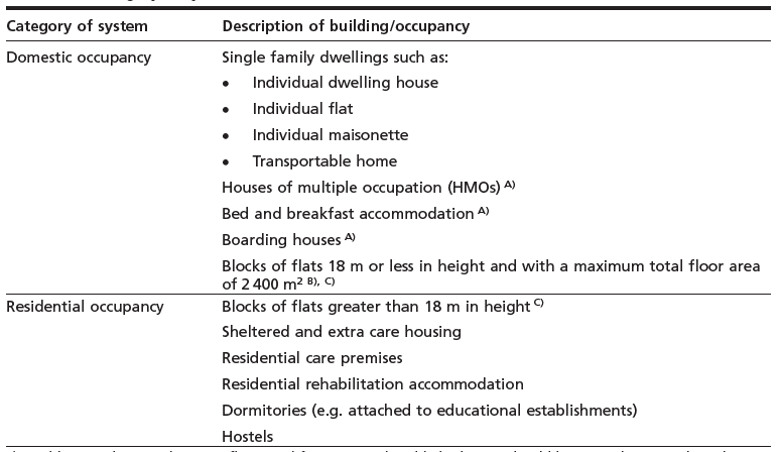
Fire Sprinkler Systems – BS 9251:2021

Why choose iMist for my fire suppression system?
We have been designing, manufacturing and installing iMist water mist fire suppression systems for our clients across the UK since 2015. We have worked hard on obtaining and passing many third-party accreditations, and are now one of the most comprehensively tested and well-known water mist fire suppression systems.
Some reasons we think you should choose us for your water mist fire suppression system are;
-
- 109 years of combined industry experience
- Highly responsive service, including free 24-hour turnaround designs and free virtual site visits
- Third-party accredited for quality assurance
- Cost transparency with no hidden fees
- Free Home Quotation services UK wide
FAQs
Do watermist systems still work if air conditioning is on, or doors/windows are open?
Yes, depending on the nozzle layouts and ventilation conditions. Water mist systems get successfully tested for tunnel and outdoor fires, and in test cells with windows/doors open. Once you’ve decided on a company, they will be able to show you where is accurate to place your nozzles and system.
Can firefighting agents be connected to fire panels?
Some companies, including iMist, can be connected to third-party systems such as fire panels, fire alarm systems, AOVs (Automatic Opening Vent), SMS units, fire curtains and more.
Check out the rest of our FAQs.

